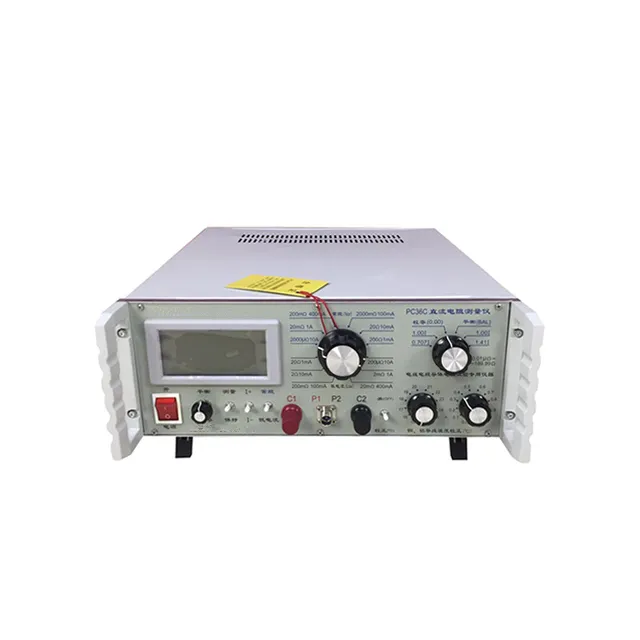cable load burning test machine
Understanding the Cable Load Burning Test Machine An Essential Tool for Safety Assurance
In today's world, where electrical systems form the backbone of modern infrastructure, ensuring the safety and reliability of cables is paramount. This is where the cable load burning test machine comes into play. This sophisticated equipment is designed to evaluate the fire resistance and thermal characteristics of electrical cables under various load conditions. In this article, we will explore the significance of this testing method, how the machine operates, and its broader implications for safety standards.
The Importance of Cable Load Testing
Cables are integral components of electrical systems, and their failure can lead to catastrophic consequences, including fires and electrical hazards. Consequently, manufacturers and regulatory bodies must ensure that cables meet stringent safety standards. The cable load burning test machine allows for the simulation of real-world conditions by subjecting cables to specific loads and temperatures, thereby assessing their performance under stress.
The major goal of this testing is to determine how cables respond to prolonged use and external pressures. This includes evaluating how quickly they can ignite, how intensely they burn, and how far flames or heat can spread. Such information is critical for manufacturers to design safer products and for regulatory bodies to enforce compliance with safety standards.
How Does the Cable Load Burning Test Machine Work?
The cable load burning test machine is typically equipped with several components that facilitate precise testing. Key features include
1. Load Application System This allows for the application of electrical loads to the cable, simulating real usage scenarios. The load can be adjusted to replicate different conditions that cables may encounter in everyday applications.
2. Temperature Control Accurate temperature monitoring and control play a crucial role. The machine must be capable of reaching the temperatures needed to replicate extreme conditions, often exceeding typical operational heat levels.
3. Burning Chamber This is where the cable undergoes the actual burning test. The chamber is designed to contain the fire while providing detailed observations of the burning process, such as flame spread, smoke production, and emission of harmful gases.
cable load burning test machine

4. Data Acquisition System Modern machines come equipped with sensors and data loggers that record various parameters during the test, such as time to ignition, rate of combustion, and temperature changes. This data is crucial for thorough analysis and validation of test results.
Safety Standards and Regulatory Compliance
The results derived from cable load burning tests are fundamental to complying with safety standards set by organizations such as the International Electrotechnical Commission (IEC), National Fire Protection Association (NFPA), and Underwriters Laboratories (UL). These standards dictate the acceptable performance levels for cables, considering factors like flame resistance and smoke generation.
Failure to meet these standards can have serious consequences not only for manufacturers—who may face legal repercussions—but also for end-users, who depend on the reliability of these products. Thus, the cable load burning test machine is not merely a tool for certification; it represents a commitment to safety that protects lives and property.
Broader Implications for the Industry
In addition to ensuring compliance, the cable load burning test machine drives innovation within the electrical cable industry. As safety concerns grow and technology evolves, manufacturers are challenged to develop new materials and designs that enhance fire resistance. This fosters a competitive market where advancements in technology not only benefit manufacturers but also provide safer products for consumers.
Moreover, the increasing awareness regarding fire safety, especially in densely populated urban areas, has brought heightened scrutiny to cable testing processes. As such, investment in advanced testing machinery has become a priority for manufacturers aiming to bolster their market position and ensure customer safety.
Conclusion
The cable load burning test machine is an indispensable asset in the electrical cable industry, providing crucial data that informs safety standards and regulatory compliance. By accurately simulating real-world conditions, this machine helps assess cable performance under stress, thereby safeguarding lives and properties. As we continue to innovate and improve electrical infrastructure, the significance of rigorous testing methods like these will only become more pronounced, ensuring that we move towards a safer future.
-
Why the Conductor Resistance Constant Temperature Measurement Machine Redefines Precision
NewsJun.20,2025
-
Reliable Testing Starts Here: Why the High Insulation Resistance Measuring Instrument Is a Must-Have
NewsJun.20,2025
-
Flexible Cable Flexing Test Equipment: The Precision Standard for Cable Durability and Performance Testing
NewsJun.20,2025
-
Digital Measurement Projector: Precision Visualization for Modern Manufacturing
NewsJun.20,2025
-
Computer Control Electronic Tensile Tester: Precision and Power for the Modern Metal Industry
NewsJun.20,2025
-
Cable Spark Tester: Your Ultimate Insulation Assurance for Wire and Cable Testing
NewsJun.20,2025
 Copyright © 2025 Hebei Fangyuan Instrument & Equipment Co.,Ltd. All Rights Reserved. Sitemap | Privacy Policy
Copyright © 2025 Hebei Fangyuan Instrument & Equipment Co.,Ltd. All Rights Reserved. Sitemap | Privacy Policy
